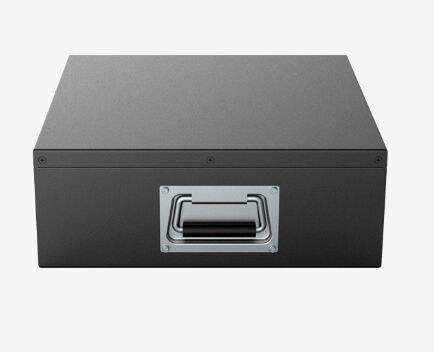The high-efficiency boost converter has an integrated protection function, which can minimize the output capacitance, increase the power, and reduce the power consumption of the entire system to extend the life of the battery.
The development of power circuits for portable electronic devices requires design engineers to extend battery life by maximizing power and reducing the power consumption of the entire system. This promotes the size of the device itself to become smaller, which is beneficial in designing end products. High flexibility. One of the most important components of this design is the power management IC or DC/DC converter.
High-efficiency DC/DC converters are the foundation of all portable designs. Many portable electronic applications are designed to work with a single AA or AAA battery, which poses a challenge to the power supply design engineer. Generates a constant 3.3V system output from the input voltage.
It requires a synchronous boost DC/DC converter to work at a fixed switching frequency. It also has an on-chip compensation circuit. It also requires miniature low-profile inductors and ceramic capacitors, preferably miniature ICs. Package to reduce its total footprint in the device design.
This circuit design integrates a high-efficiency DC/DC converter with a low gate electrode voltage internal switch with a rated resistance value of 0.35Ω(N) and a typical resistance value of 0.45Ω(P). In the entire operating temperature range, the switch current limit is generally 850mA, so that the output power of 0.66W and 2.5W can be achieved respectively when the new alkaline AA single-cell battery input and the two-cell battery input.
Current mode control provides excellent input line and output load transient response. Slope compensation (which is necessary to prevent crossover harmonic instability when the duty cycle exceeds 50%) can be integrated into the converter to maintain the constant current limit threshold along with the circuit, regardless of the input voltage.

Once the output voltage is being modulated, the converter will switch to the sleep state, thereby reducing gate charge loss and quiescent current(50A DC to AC power converter). Similar ICs without power-saving mode will be forced to maintain a constant PWM throughout the operating range, thereby increasing the quiescent current. Although constant frequency PWM may be popular in some frequency-sensitive applications, it will reduce the overall system efficiency.
When the boost converter is operating in discontinuous mode (that is, when the inductor current drops to zero before the power transmission cycle begins), there may be EMI problems. To help reduce the potential reference point, when the inductor current is zero and the device is in the off state, a 100Ω internal damping circuit can be connected across the inductor.